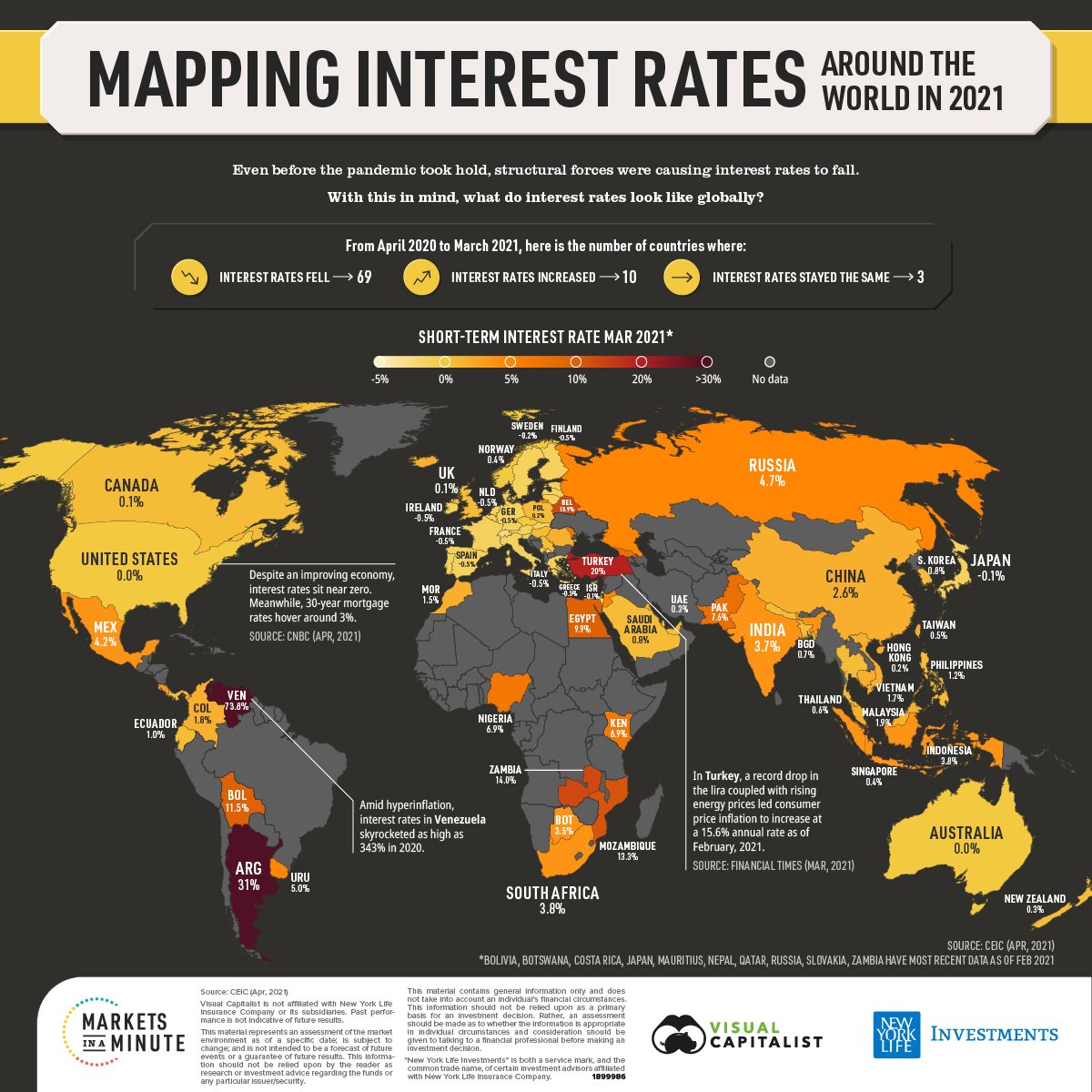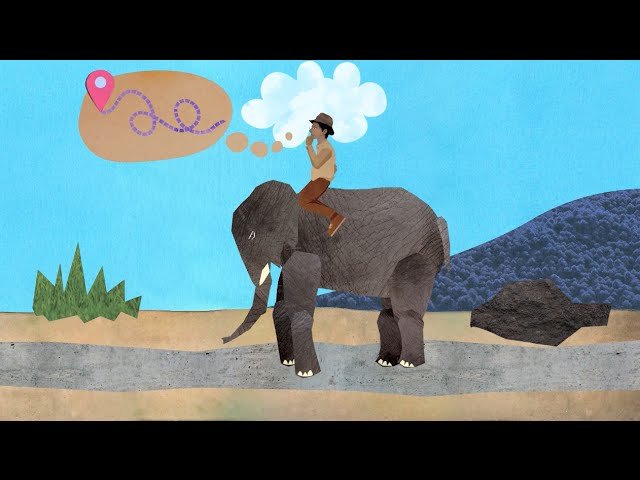May 2021
Shaping The Path
As all advisers know too well, there are two sides of the brain. One is rational, the other is emotional.
Psychologists have explained these with different analogies. Kahneman referred to the "fast" and "slow" sides.
An analogy I haven't heard much of is the one put forward by psychologist Jonathan Haidt.
He tells a story of the elephant and the rider.
The rider of the elephant (the rational side) looks like they are in charge, but when there's a disagreement between the elephant (the emotional side) and the rider, the elephant usually wins (she runs off and there's no stopping her).
Chip and Dan Heath build on this analogy in their book Switch (How to Change Things When Change Is Hard).
They explain that leading any change is about directing the rider (giving them the knowledge they need) and motivating the elephant (tapping into the emotions of the person). Naturally, the rider can get tired of motivating the elephant, which leads to lapses in decision making.
As advisers, we are good at providing the technical information needed to make smart financial decisions (directing the driver), and we are getting better at motivating the elephant (think life planning, finding people's real purpose, and ultimately "what's the money for?").
However, there's a third part to the analogy as it relates to effecting change. This technique is called "shaping the path". In short, it requires focusing on the surrounding environment to make change easier. By shortening the distance that the elephant has to walk, and removing obstacles on the path, the elephant and the rider are able to reach their destination more efficiently.
We can be the best in the world at conveying technical information and motivating the client to take action, but if we haven't paid attention to the path we may not have the impact that our craft deserves.
I'm interested in exploring the concept further (please reply with your ideas). My initial ideas around shaping the path for clients include:
Making it as easy as possible for clients to schedule a meeting - for some clients that will require tech (Calendly), for others more traditional methods (phoning you).
Making it easy for new clients to find your office - consider the usefulness of a Google Maps link compared to a video of you walking from the car park or train station to your office.
Presenting and documenting recommendations in a way that reduces options and friction.
The ease of signing documents (DocuSign vs print/sign/scan).
The way you set out an email - short with helpful headings compared to a lengthy email with large blocks of text.
If we present multiple solutions, always highlighting the one that we favour in order to reduce resistance.
Shaping the path is art more than science, but if we're dedicating our lives to helping clients achieve better outcomes, it's a worthwhile endeavour. What small changes can you make to remove friction and help clients to take action? Can you reduce the number of options presented to them without removing their agency, isn't this what they're paying you to do? We understand the resistance encountered when we attempt to bring about change in our businesses, why not pay attention to how our actions can increase or decrease the resistance they encounter in making smarter decisions?
Shaping the path may seem insignificant compared to our technical expertise, but perhaps it can make all the difference in the lives of the people we have the privilege to serve.
Links to the book and a short video can be found further down.
📰 Articles & Blogs
4 Investing Lessons from David Swensen [6 minutes]. He understood the magic of owning equities.
The Transformational Decade Ahead for the Planning Profession [6 minutes]. A few examples and predictions of progress in our profession.
Oh, behave: Meet three advisors who use behavioral finance [3 minutes]. From theory to practice.
Influence Techniques To Persuade Prospects To Become Clients [26 minutes]. Robert Cialdini's ideas applied to a financial planning business.
The Best Questions to Ask Prospects in a First Meeting [7 minutes]. A great resource for those wanting a refresher.
Helping Clients To Stop “Thinking About It” (Contemplation) And Start “Planning It” (Preparation) [31 minutes]. One research-based framework to help clients resistant to change.
🎧 Podcasts
Michael Kitces on Everything Financial Advisors Need to Know About Growth [70 minutes]. No one understands the numbers better than Michael Kitces.
The Application of Behavioral Finance in the Client Experience [40 minutes]. How to apply behavioural science in marketing, sales, and client conversations.
📚 Book Recommendations
Switch: How to change things when change is hard by Chip & Dan Heath. Exploring how our rational mind and emotional mind compete for control.
👏 Encore
How User Experience (UX) Improved My Advisor Website SEO [26 minutes]
The Pros and Cons of Being a Data-Driven Advisor [3 minutes]
Stop Asking Clients for Feedback [3 minutes]
RIAs That Excel at Technology Do Not Look Like Tech Firms [4 minutes]
50 (Short) Rules For Life From The Stoics [5 minutes]


